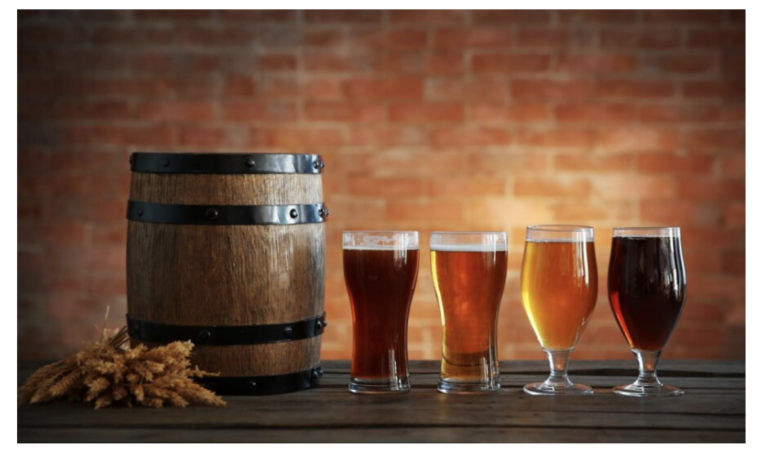Craft Beer Culture and Flavor Profiles
Source: Freepik.com
On the spectrum of craft beers available in the market, there is one with a distinct taste and aroma—sour Beer. Sour fruits are worthy ingredients for craft beer-making, where you can access a realm of fermented flavors.
In this article, we will have a fascinating journey into the world of sour beers, giving you an insight into craft beer culture, brewing techniques, and various flavor profiles for those who are ready to try this sour and tasty beer.
Craft Beer Culture
The Brewers Association defines American craft brewers as “small, independent, and traditional.” This definition has multiple limitations. First, to be considered within the craft beer category, one’s yearly production must not exceed 6 million barrels.
The definition includes “the oldest microbreweries,” which usually produce small volumes of beer but also includes a range of different-sized breweries.
The Sour Beer Renaissance
Sour beer is not a recent invention; its origins can be traced back to countries like Belgium, where brewers accidentally discovered wild yeast strains and bacteria that gave their beer an unexpectedly tangy taste.
Nowadays, by using sour fruits, sour beer has been largely rediscovered as craft breweries from all over the globe use different souring approaches to produce wide sour beer styles and profiles.
The Brewing Process
The fermentation of sour beer is the main differentiator. Unlike most beers, which use only particular yeast strains for the fermentation process, sour beers are diverse and allow the use of sour fruits, wild yeast, and bacteria like lactobacillus and Brettanomyces.
These microbes do their work over a long period, resulting in an environment where sourness thrives beyond the ordinary.
Diverse Flavor Profiles
Beer will taste whatever is in it, so a wide array of flavor profiles is never-ending. However, there are some specific flavor styles or profiles that pique the curiosity of beer drinkers:
- Aggressive – bold and strong that will beat all other flavors.
- Complex – in terms of many different flavors.
- Crisp – enthusiasm, leading to both the bubbles and dryness.
- Diacetyl – buttery-flavored, smooth like butter.
- Estery – fruit-like but can be used interchangeably with fruity.
- Floral – fragrant, being flower-like can be delicate or intense, and the sense of smell perceives them, rather than the taste sense organs.
- Fruity – a subtle fruity sweetness, either occurring naturally or accompanied by the fruit flavor that a brewer can either add to or take away
- Malty – richness and sweetness, the coffee-like aroma coming from the malt grain.
- Roasty – roasted feel – it may be thought of as coffee, toast, or roasted chestnuts.
- Robust – amusing, but not aggressive.
- Simple – just come in one main flavor, nothing fussy or complicated.
Crux About Fruited Sour Beer
Sour beer is much more than just a beverage; it’s an experience that will thrill your senses. Whether you are a beer lover looking to expand your horizons or an adventurer to try new flavors, sour fruits add a tarty experience to the beer through fermentation.
Sour beers not only stand out in variety, but they also come in different flavor profiles that can complement different cuisines. Instead of overlooking the ride of sour beer, capitalize on the biting delight and drink to a jaw-dropping and untraditional beer quest.
No matter if you are a seasoned craft beer veteran or a budding sour beer connoisseur, sour fruit-added sour beer, is one that your taste buds can’t wait to experience.

